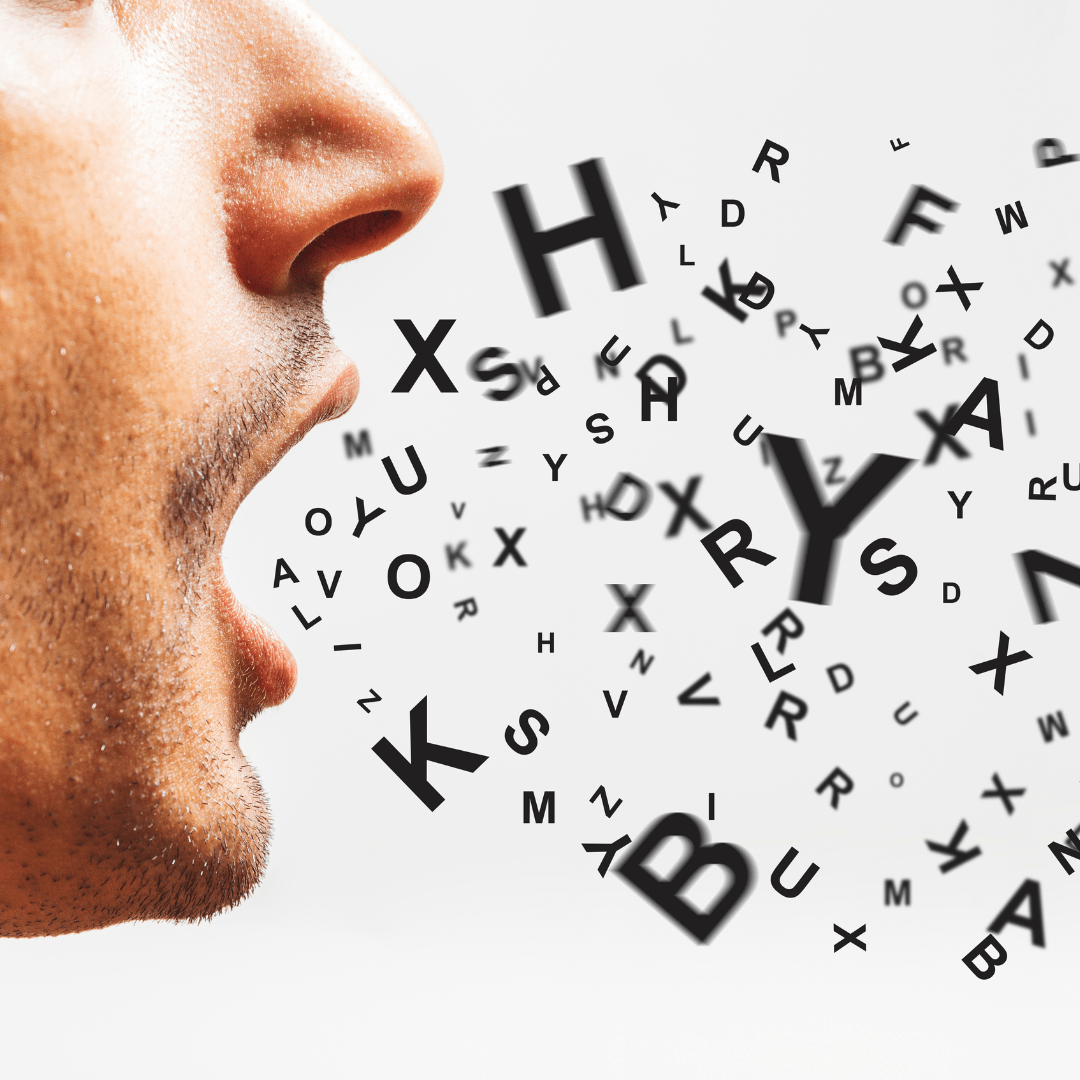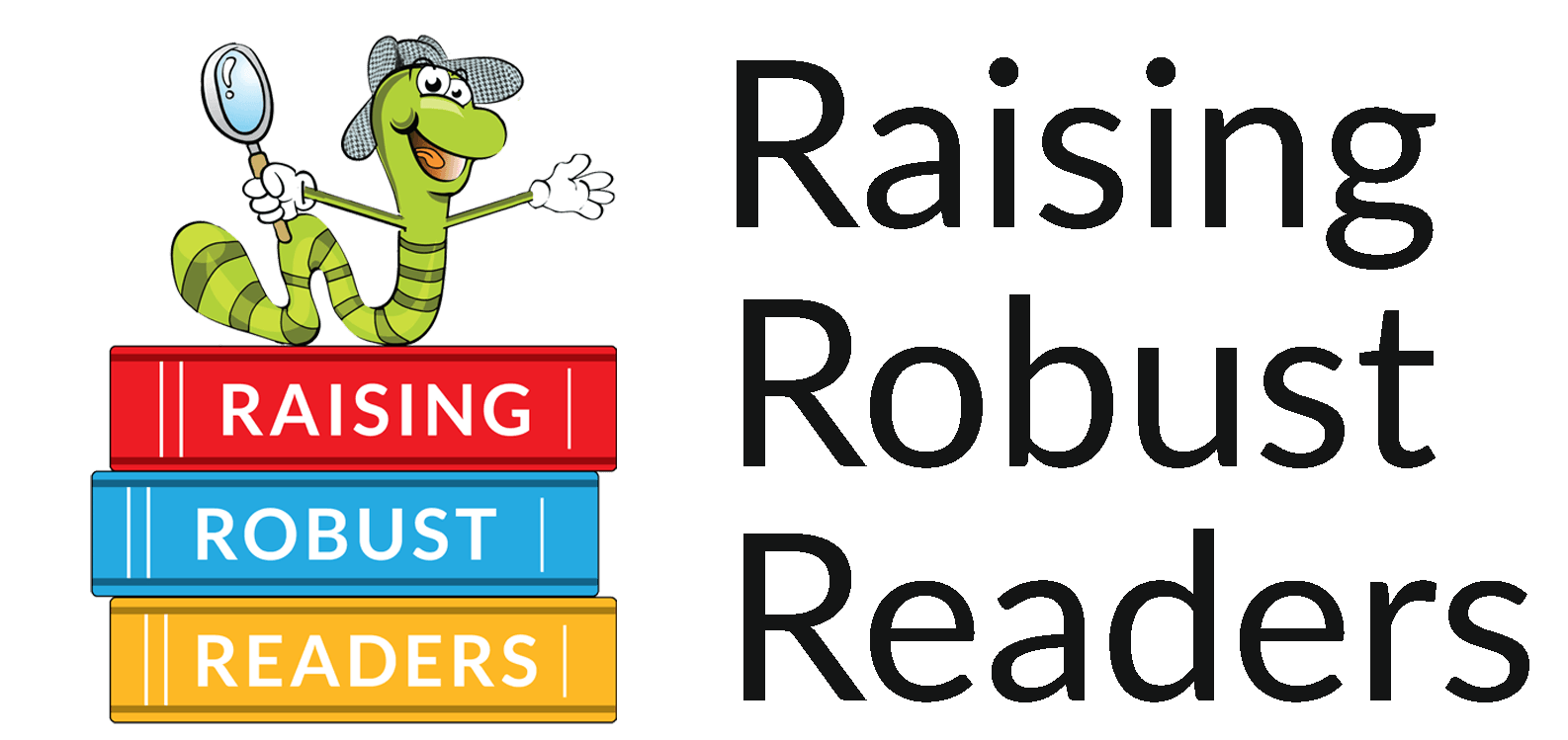SPOKEN LANGUAGE TERMS

- PHONICS is a method of teaching people to read based on the sounds that letters represent.
- PHONEMES are the smallest parts of sound in spoken words. For instance, there are three sounds in the spoken word cat /k/ /ă/ /t/. There are also three sounds in the spoken word caught / k/ /aw/ /t/, even though that word has six letters. Generally, we recognize forty-four sounds in the English language. Please note that when you see letters within slash marks //, you pronounce the sound, not the name, of the letter.
- PHONEMIC AWARENESS is the ability to identify and manipulate individual sounds in spoken words. “Bat” begins with the initial sound /b/. “Tab” ends with the final sound /b/. Being able to move sounds and decode the words indicates skill in phonemic awareness.
- PHONOLOGICAL AWARENESS is a broader term that includes phonemic awareness. It, too, refers to spoken words, but it also includes identifying and manipulating larger parts of spoken language, such as syllables and sentences
WRITTEN LANGUAGE TERMS
- LETTERS, in general, refer to the twenty-six symbols that make up the English language. They can also combine to create multi-letter phonograms, such as “ay” or “eigh.”
- PHONOGRAMS are single letters (the alphabet) and two (oa)-, three (igh)-, and four-letter (eigh) combinations that show just one sound. For instance, the single-letter phonogram “f” represents the sound /f/, and the two-letter phonogram “ph” also represents the sound /f/. Generally recognized, there are seventy-two basic phonograms in English. (Appendix B)
- GRAPHEMES are written symbols that represent a sound (phoneme). This can be a single letter or a combination of letters, as noted above. When we say the sound /p/, this is a phoneme; but when we write the letter “p,” it is a grapheme.
- ORTHOGRAPHIC refers to that part of language that involves letters and spelling.
Share the Fun. Share the Link.


